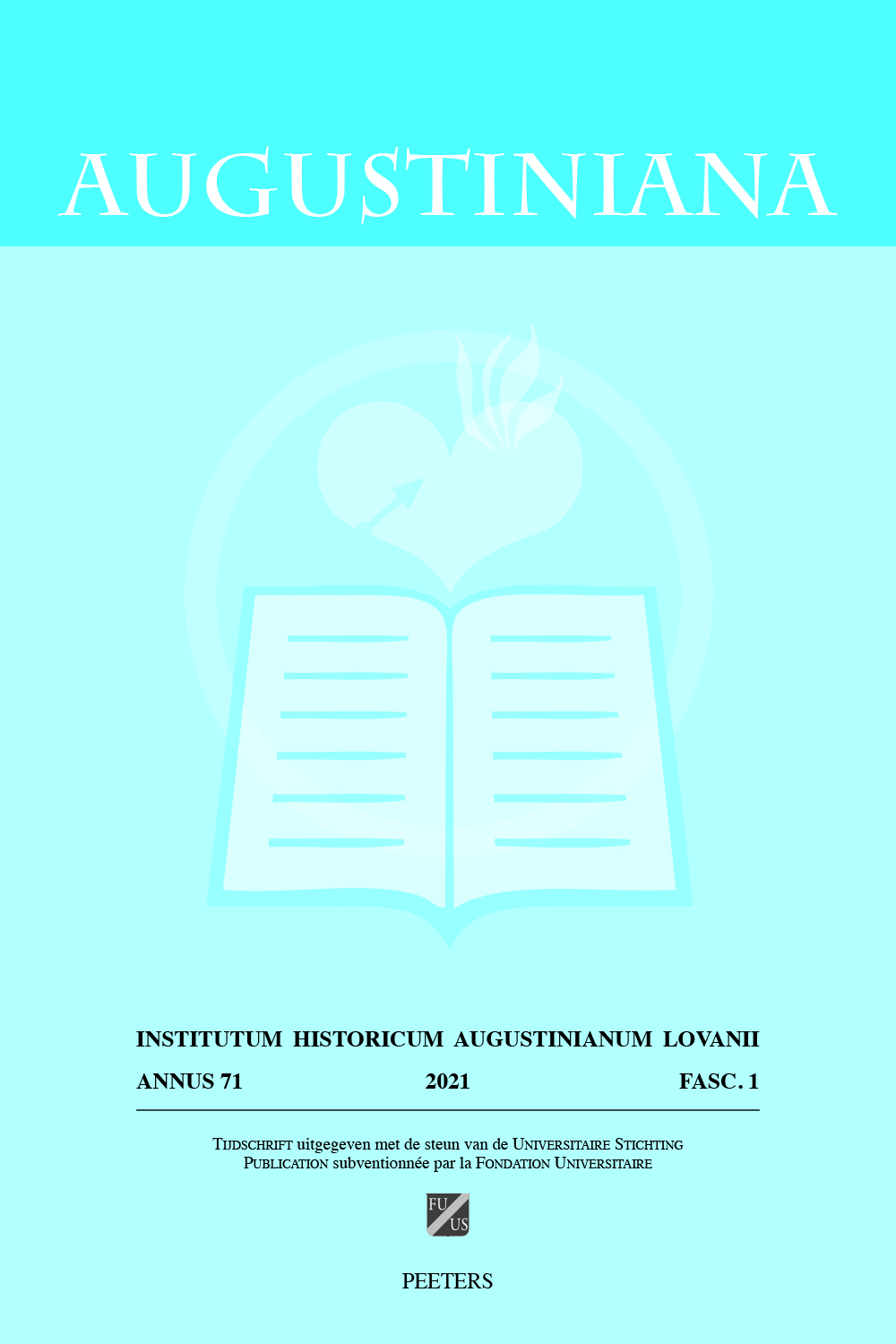next article in this issue  |

|
Document Details : Title: Not Going with the Flow Subtitle: Aquileian Interpretation of the Haemorrhoissa as the Synagogue in Mt 9:20-22 Author(s): WHITEAR, Sarah Journal: Augustiniana Volume: 72 Issue: 2 Date: 2022 Pages: 153-173 DOI: 10.2143/AUG.72.2.3291568 Abstract : Matthew, Mark and Luke all contain the narrative of Jesus healing the woman who had been bleeding for twelve years. In their allegorical interpretations of this synoptic story Origen, Ambrose, Jerome, Hilary of Poitiers, Peter Chrysologus and Augustine all portray the bleeding woman as representing the gentile church. But two bishops of Aquileia had a different take. In their commentaries on Matthew, both Fortunatianus and Chromatius, bishops of the north Italian region during the 4th century, saw the Haemorrhoissa as a paradoxical figure. On the one hand, her infirmity made her a type of the synagogue, on the other, through her actions, she was a symbol of faith and salvation. In this article, I will first briefly discuss the dominant patristic interpretation. Next, I will analyse the two Aquileian readings of Mt 9:20-22 and show in which ways Chromatius’ reading is derived from Fortunatianus’ and which elements are his own developments. I will then consider possible factors behind their interpretation, including the use of menstruation as a metaphor in Ezekiel, their interpretations of other healing accounts and their anti-Jewish rhetoric. |
|
